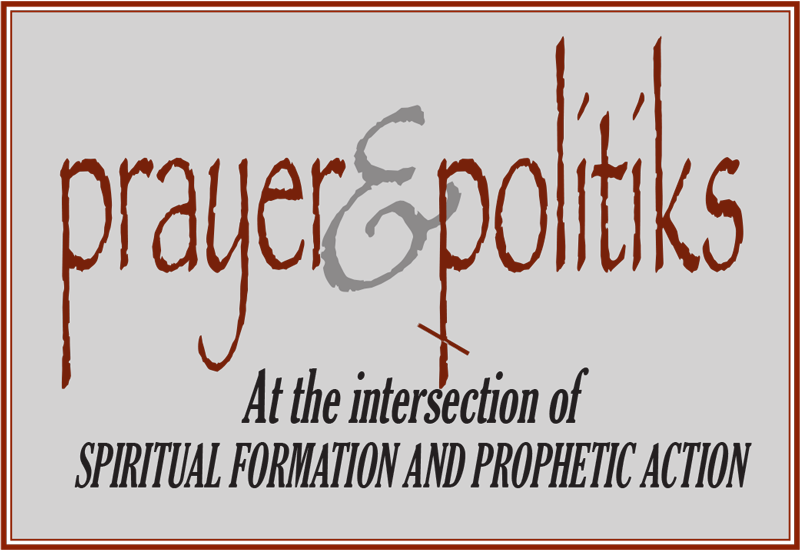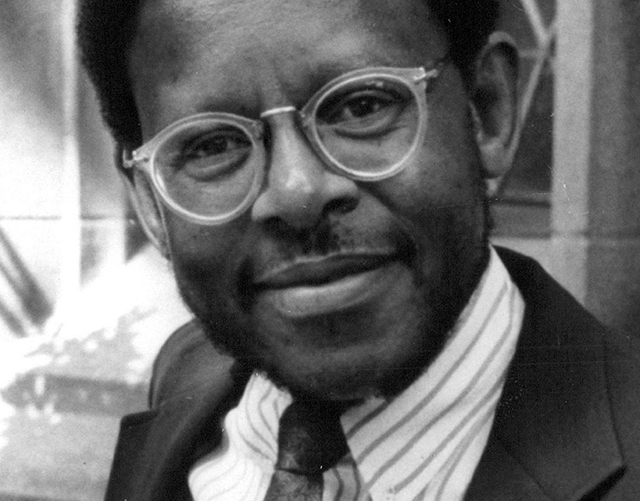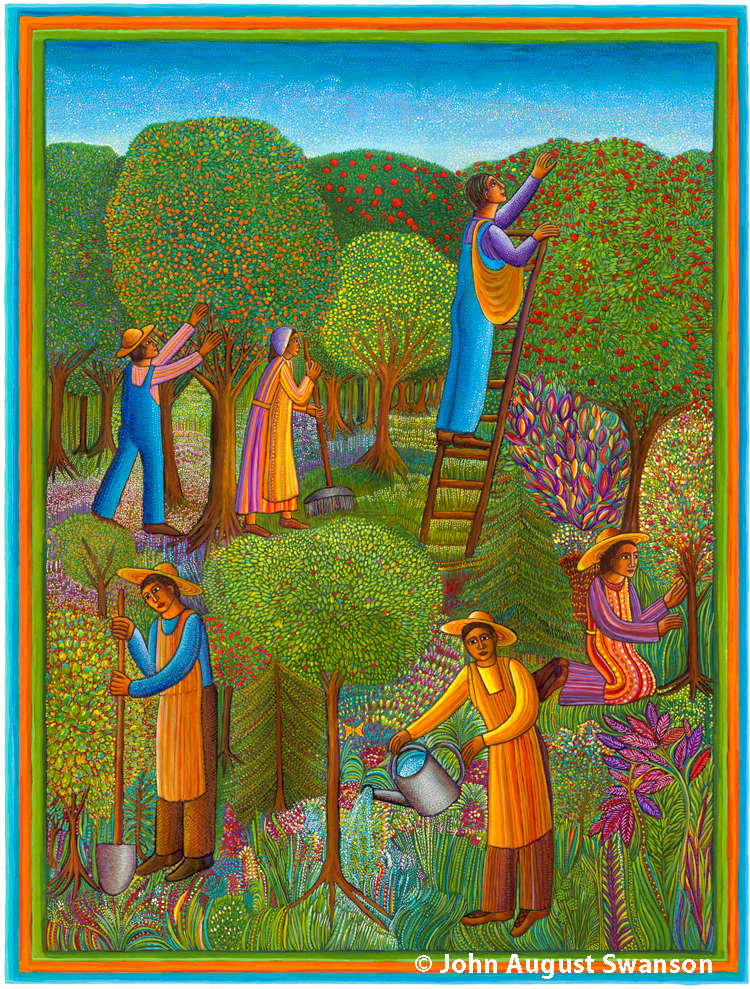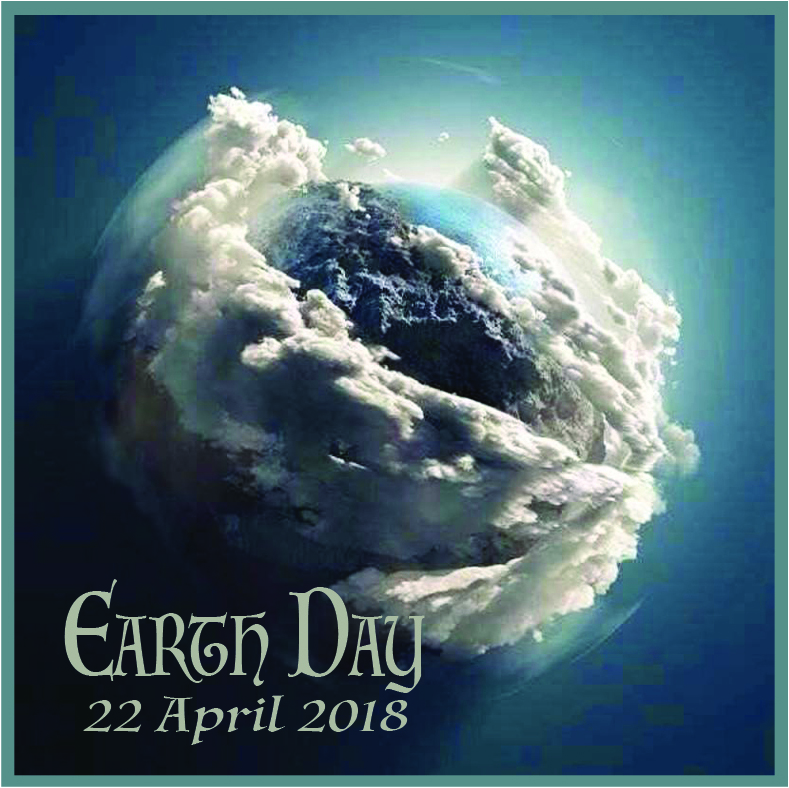Reviewed by Vern Ratzlaff
Ateek is (Anglican) canon of St George’s Cathedral in Jerusalem and pastors its Arabaic speaking congregation. The claim for security for the one people, the Israeli Jews, has been purchased at the expense of the just claims to the land of another people, the Palestinians. In Ateek’s words, the Israeli Jews seek peace with security, and the Palestinians seek peace with justice. The rival claims of these three major religions with their roots in Palestine underscores that the key to peace is the acknowledgement that this land must be shared. How do we end violence to one people in a way that does not create new violence to another people?
The critical issue for every liberation theology is not simply how to throw off oppression and empower the formerly victimized, but how to do it in a way that does not create new violence to another people. ‘Only justice rooted in compassion can save us from repeating the cycle of violence (p xiii). Ateek writes carefully about the historical pressure in Palestine and the various movements in the struggle (Zionists, Christian and Jewish; right wing eschatologies). Ateek writes well about the role of the bible, and our concept of G-d. A biblical hermeneutic that seeks to identify the authentic word of G-d, and this hermeneutic for Christians Is Jesus Christ. Applying this hermeneutic to the Old Testament passages is for the Christian the need to see as inadequate the human understanding of G-d. (The wholesale destruction and killing of Jericho’s inhabitants, the death by bear of small boys, the massacre of the Amalekites. Ateek identifies three central biblical themes: justice (Naboth), prophets (who tell the truth even when it is unpopular), refugees’ hope in G-d (Psalm 42,43).
Read more ›

 4,400 black people, in 800 counties, between 1877 and 1950.
4,400 black people, in 800 counties, between 1877 and 1950. § And the Lord God planted a garden in Eden, in the east; and there he put the man whom he had formed. Out of the ground the Lord God made to grow every tree that is pleasant to the sight and good for food, the tree of life also in the midst of the garden, and the tree of the knowledge of good and evil. ~Genesis 2:8-9
§ And the Lord God planted a garden in Eden, in the east; and there he put the man whom he had formed. Out of the ground the Lord God made to grow every tree that is pleasant to the sight and good for food, the tree of life also in the midst of the garden, and the tree of the knowledge of good and evil. ~Genesis 2:8-9